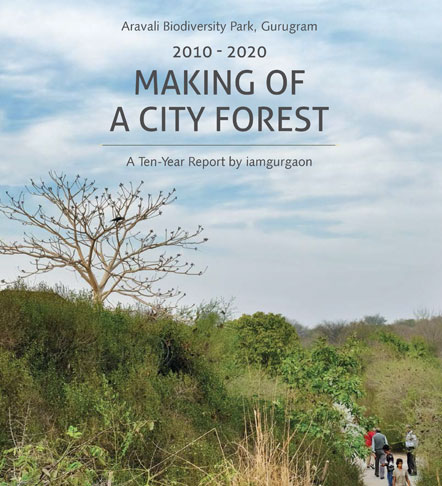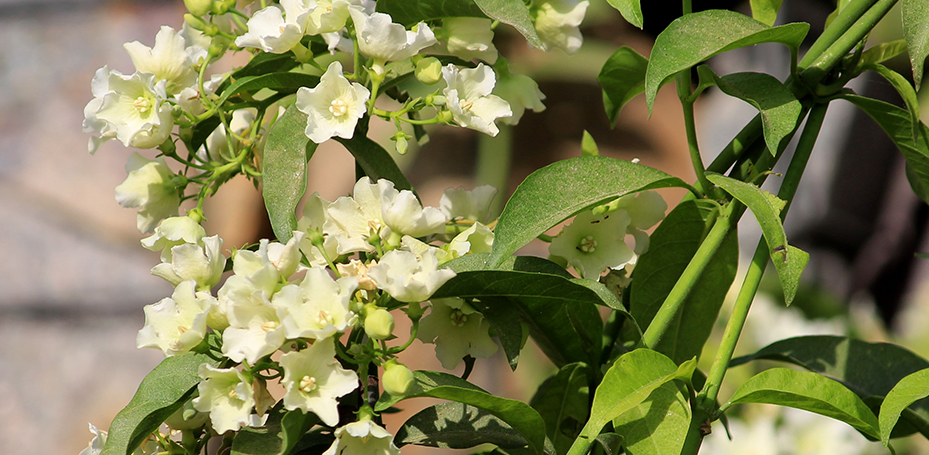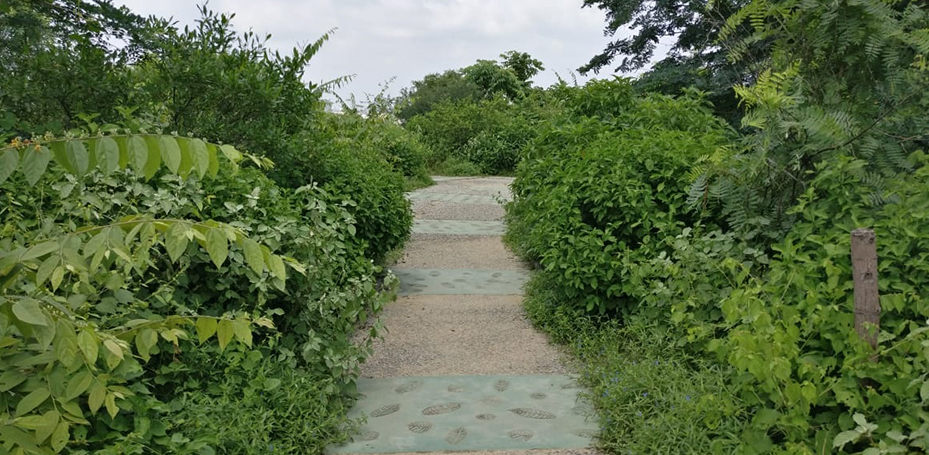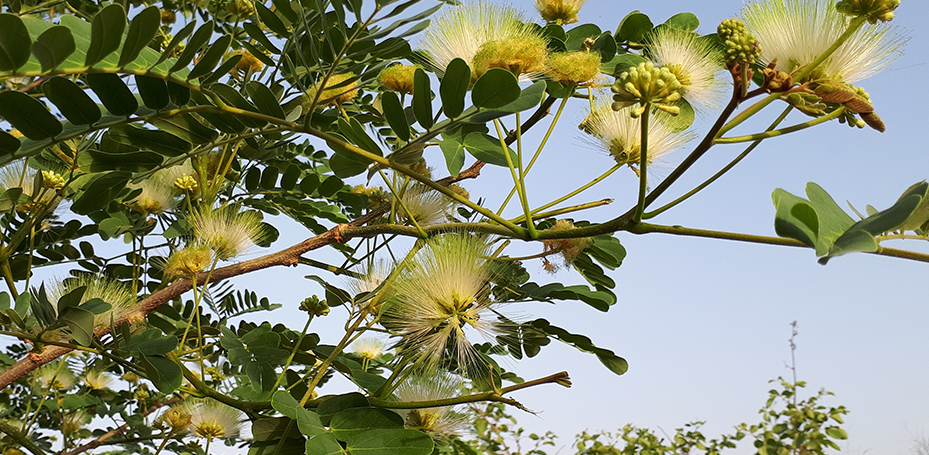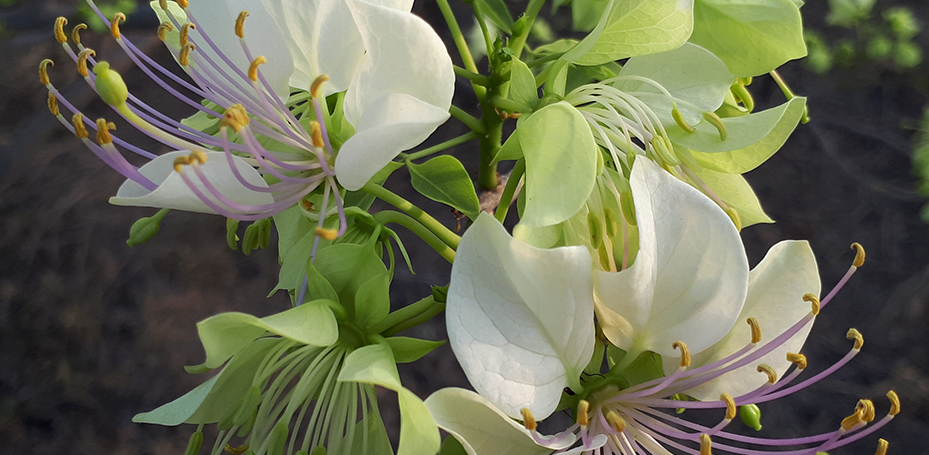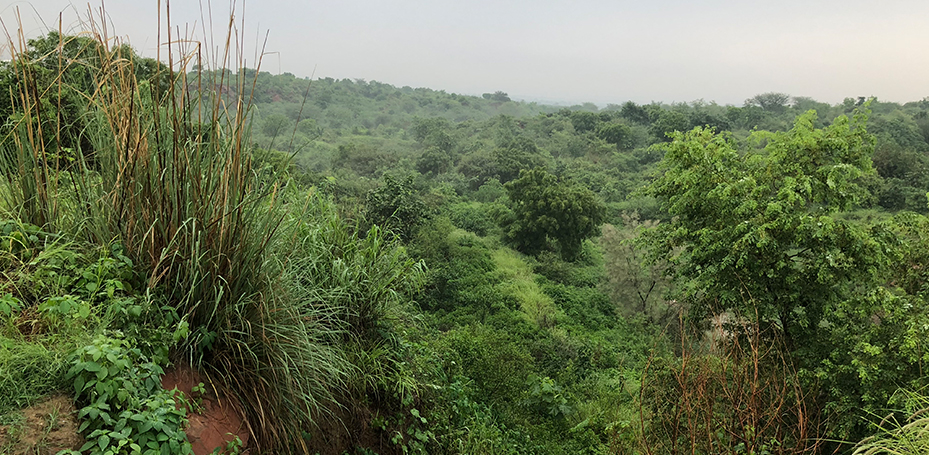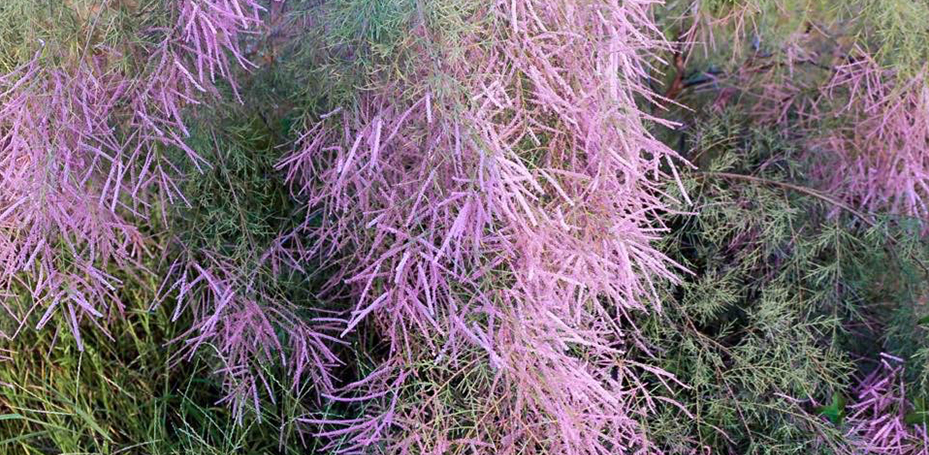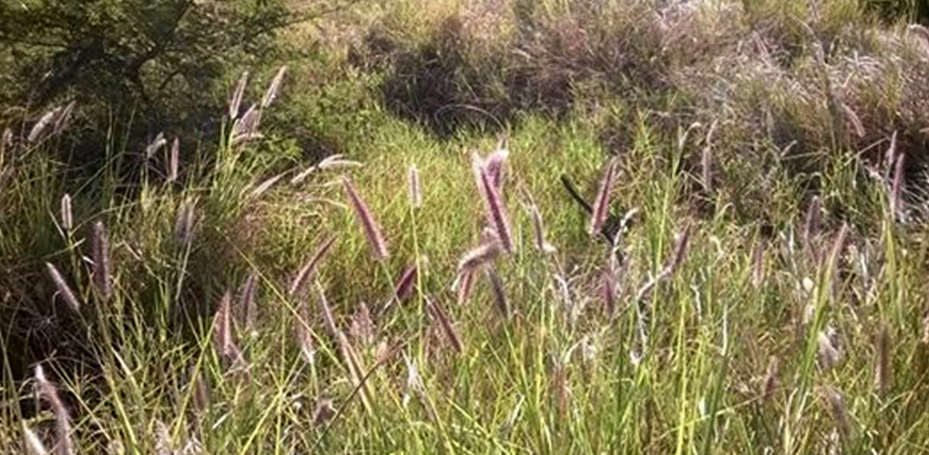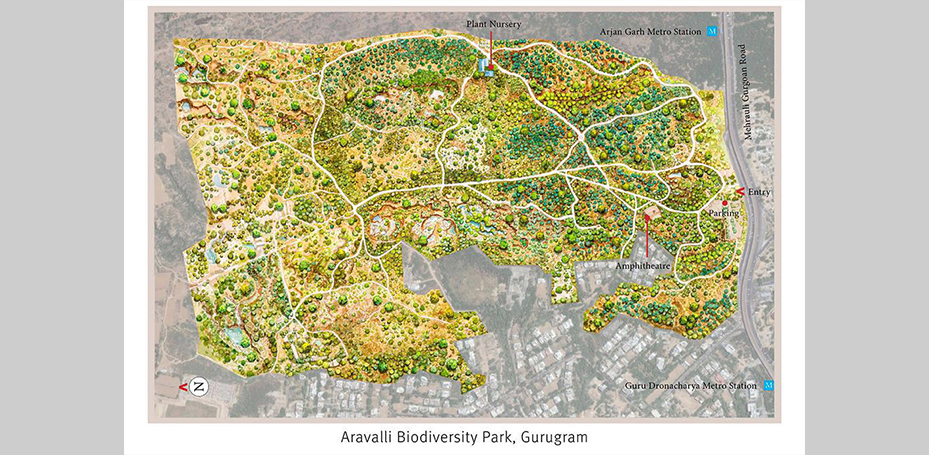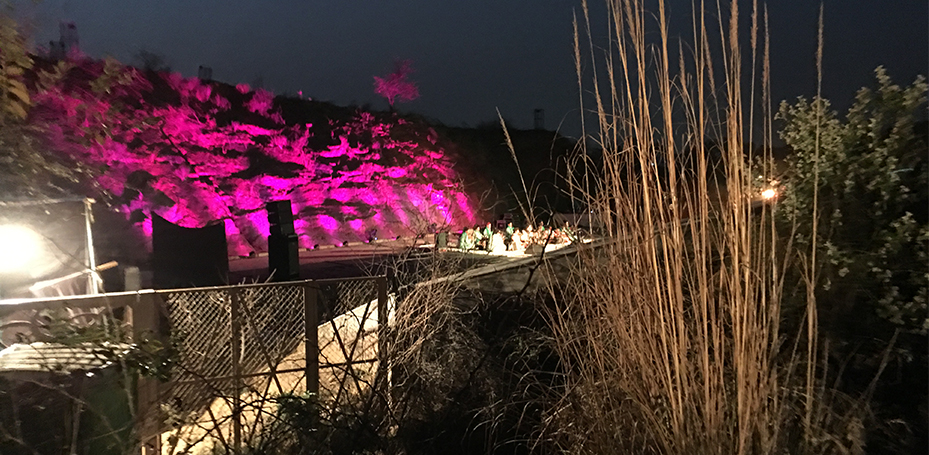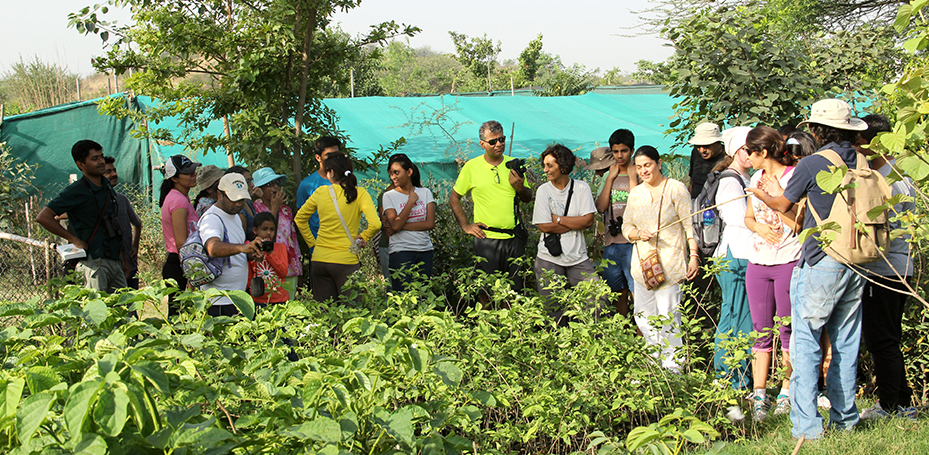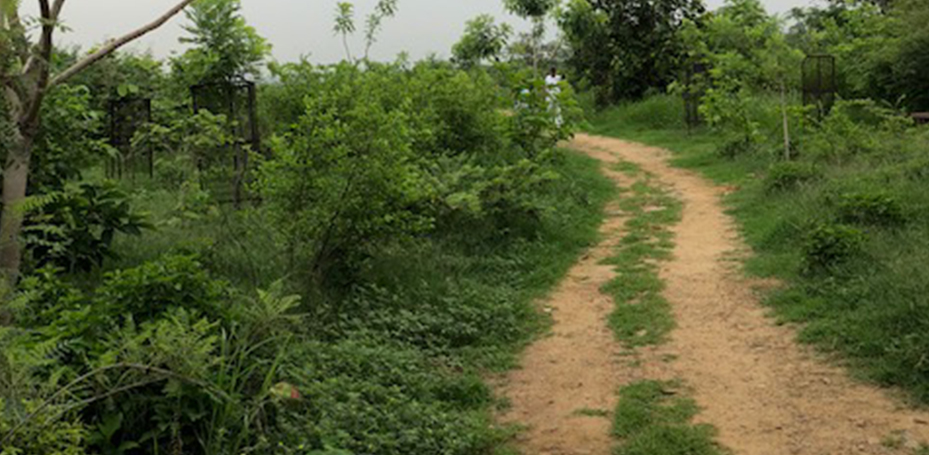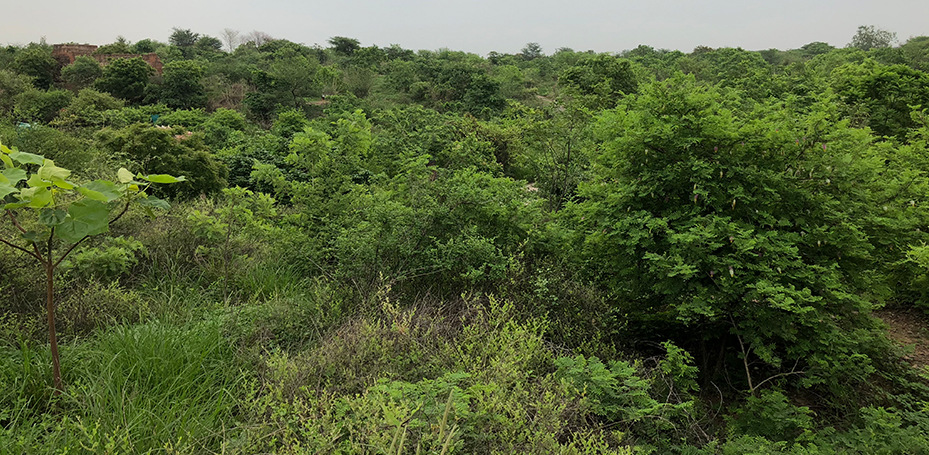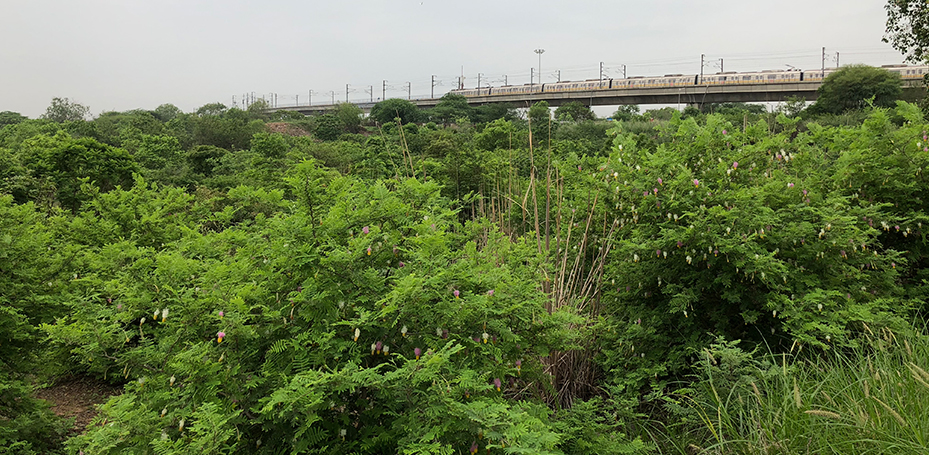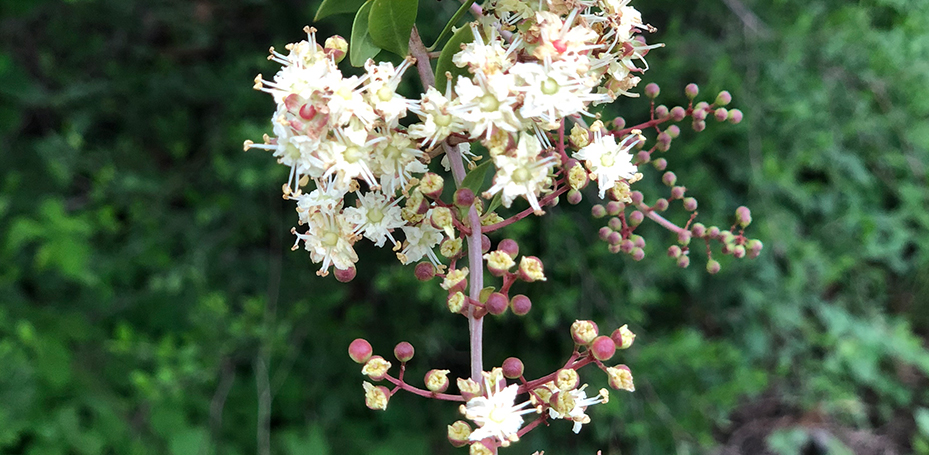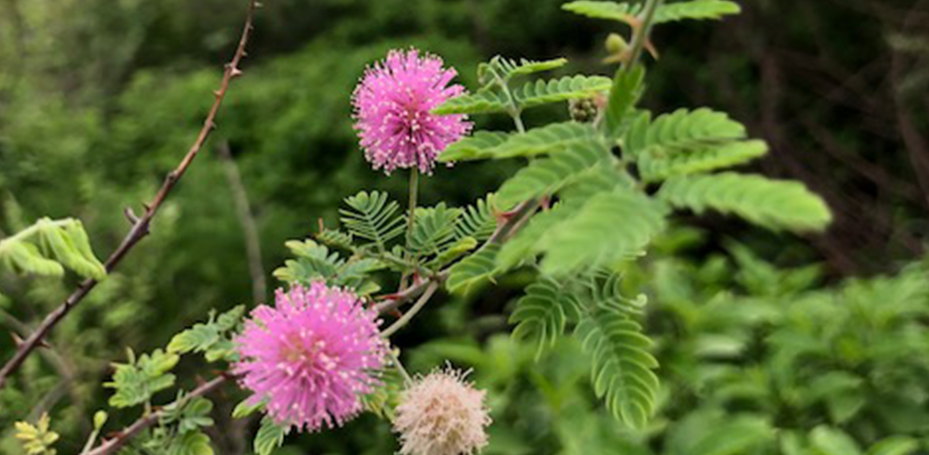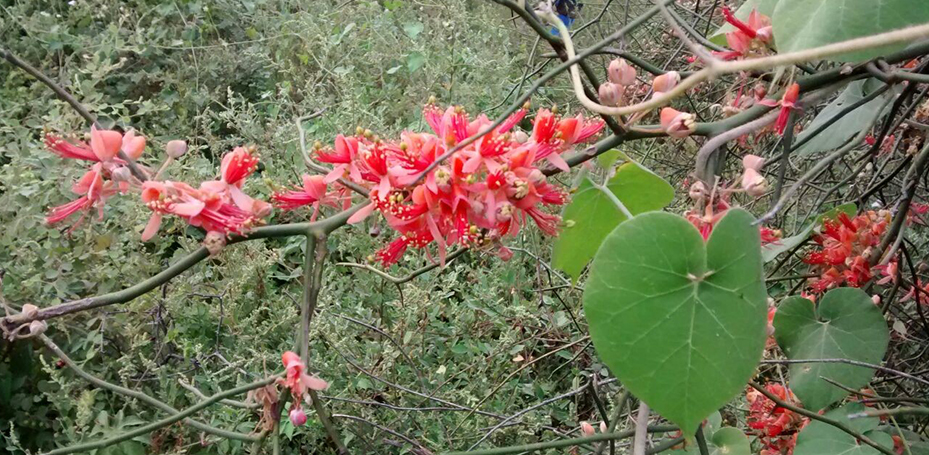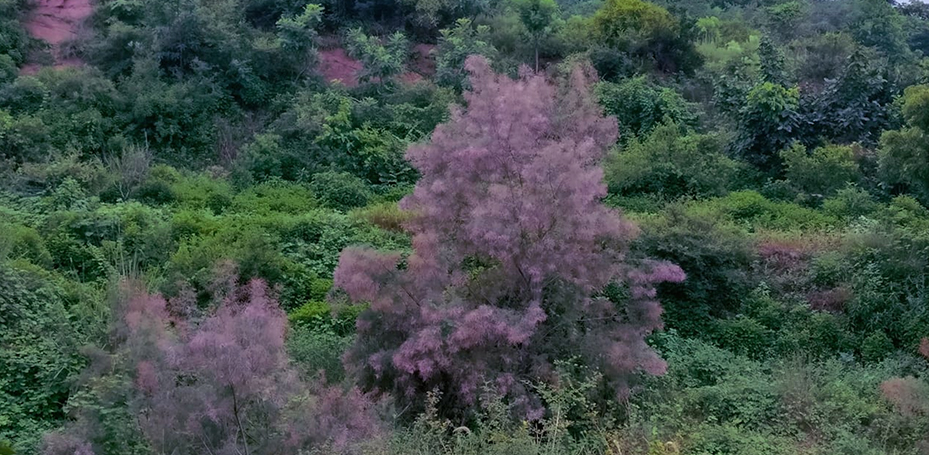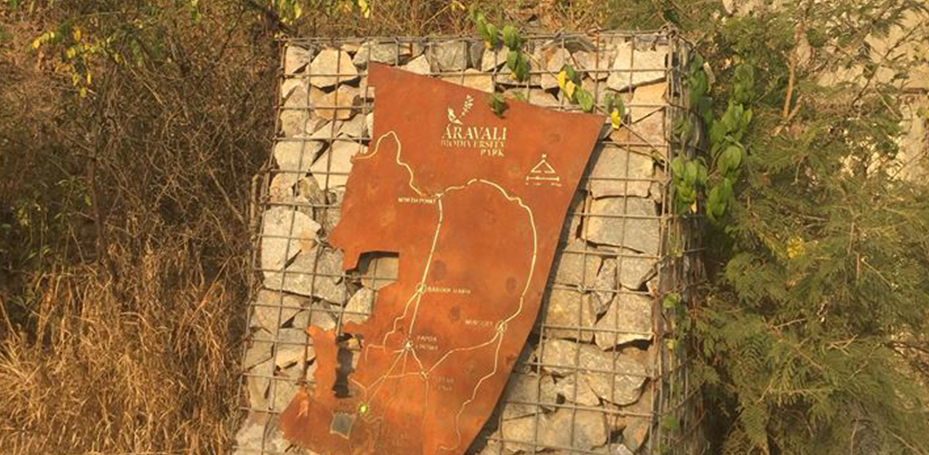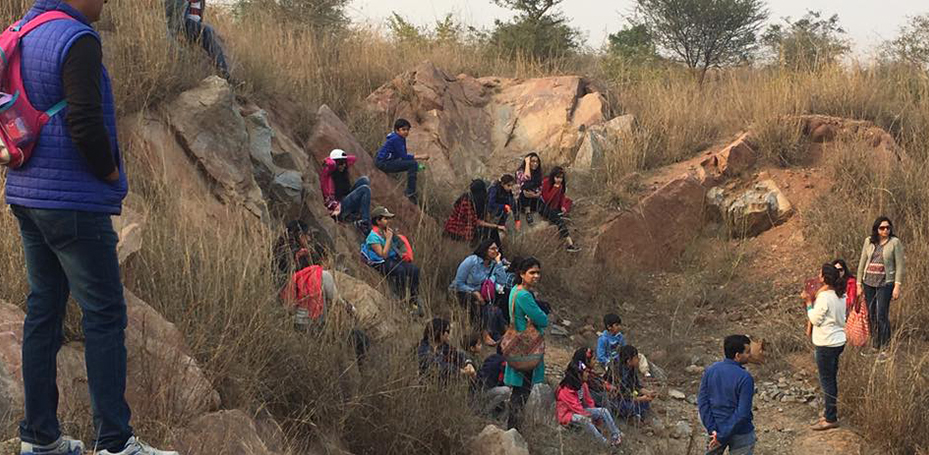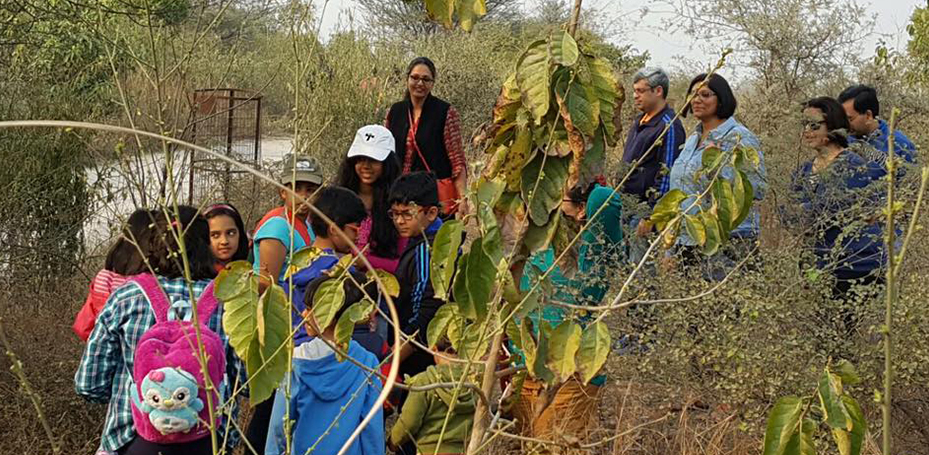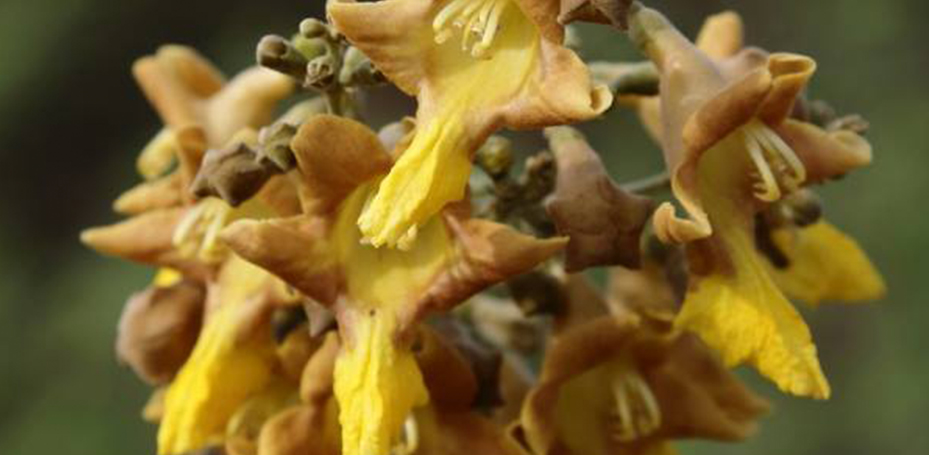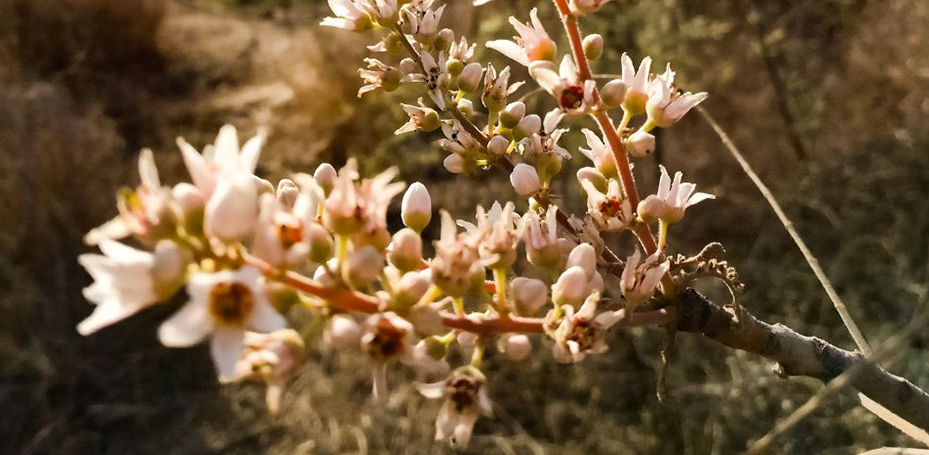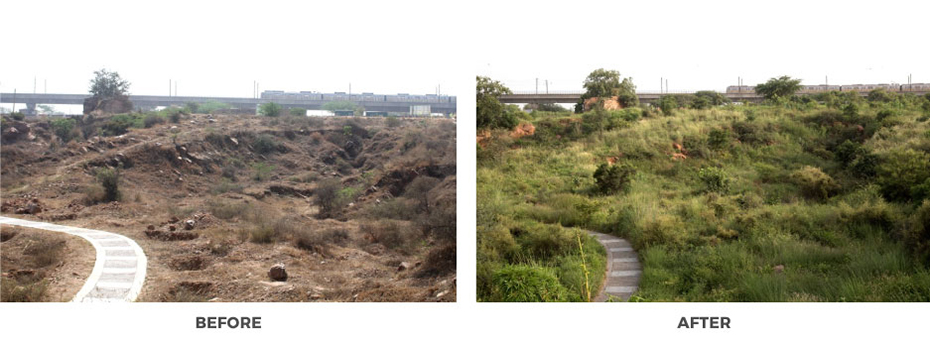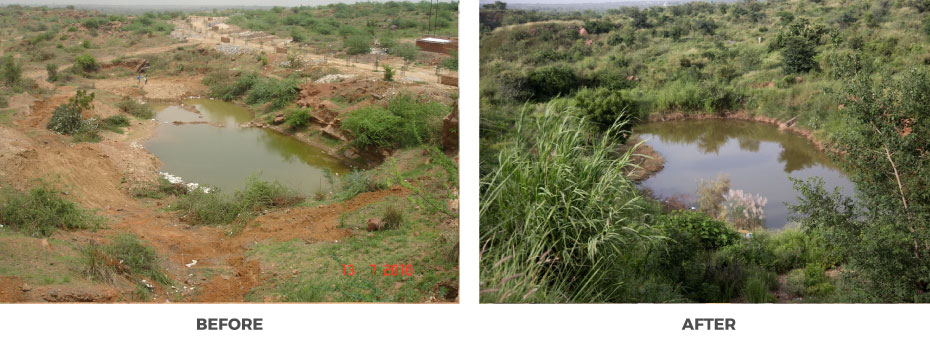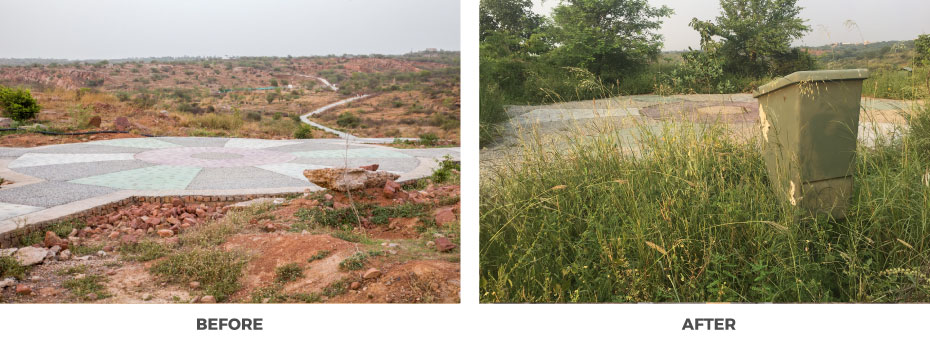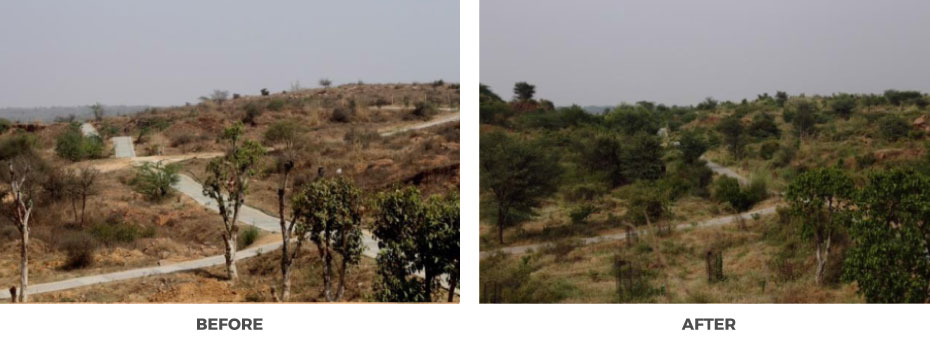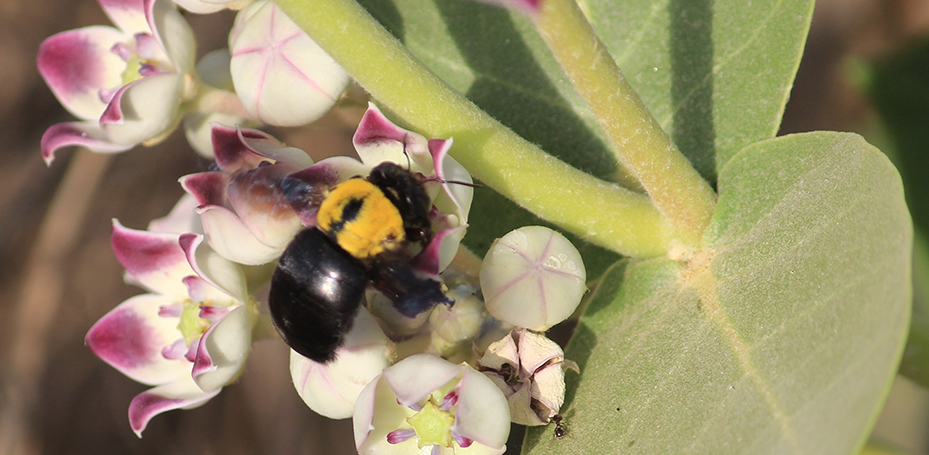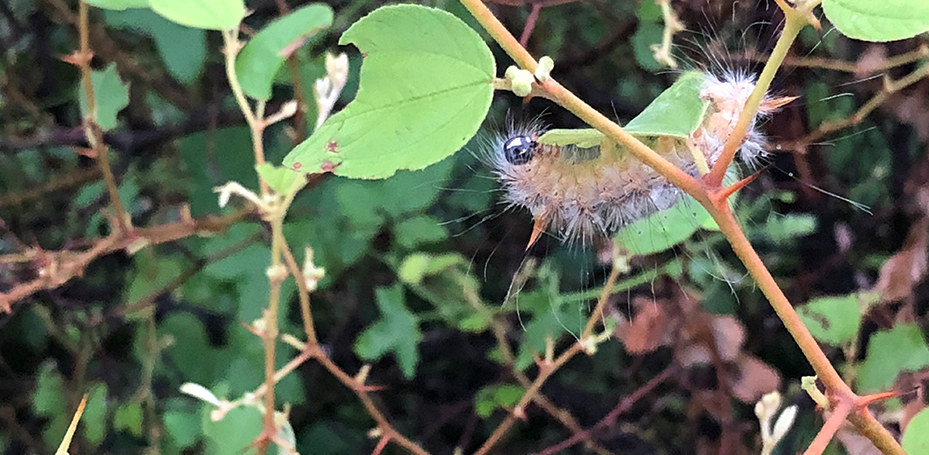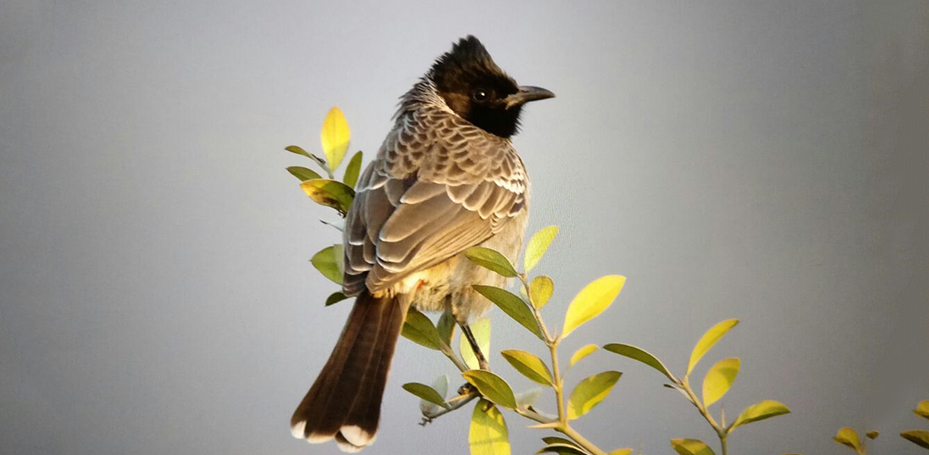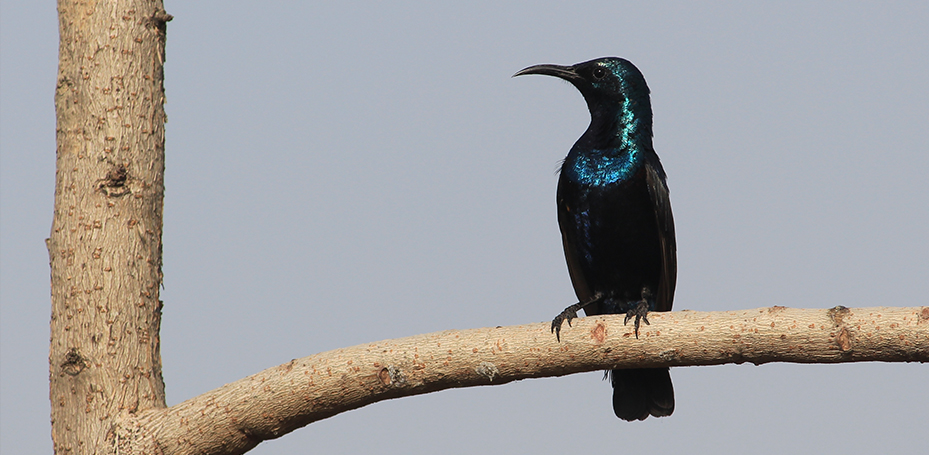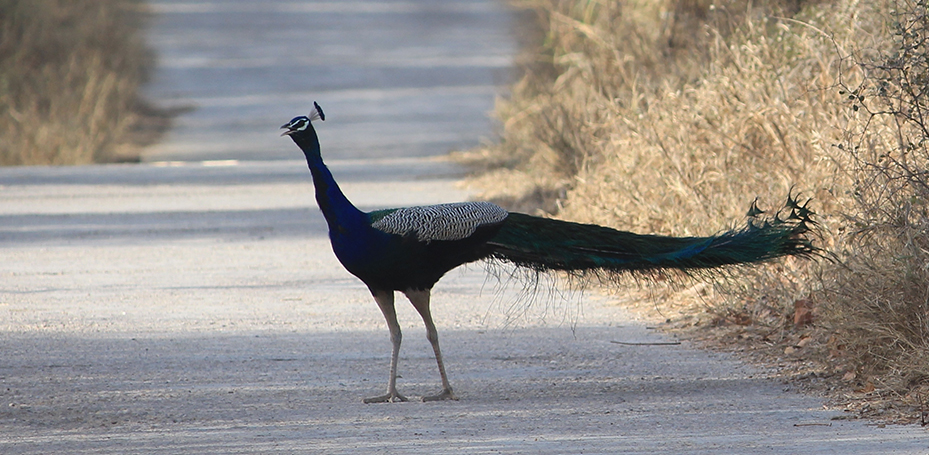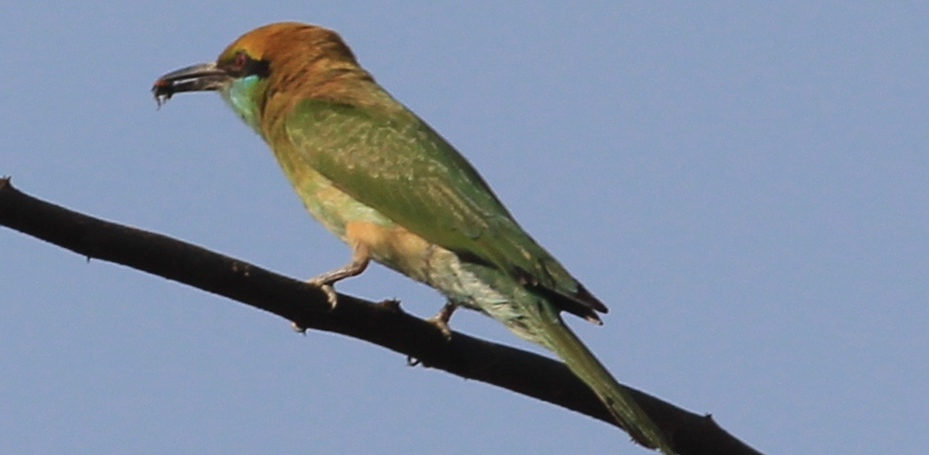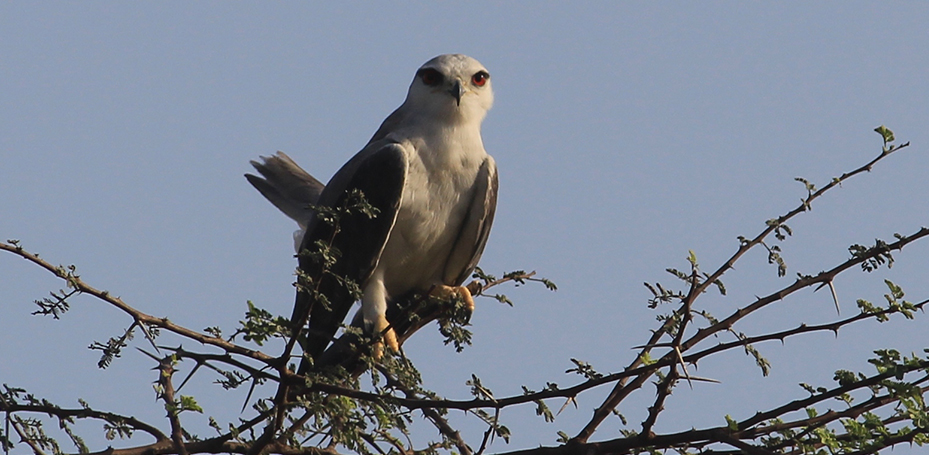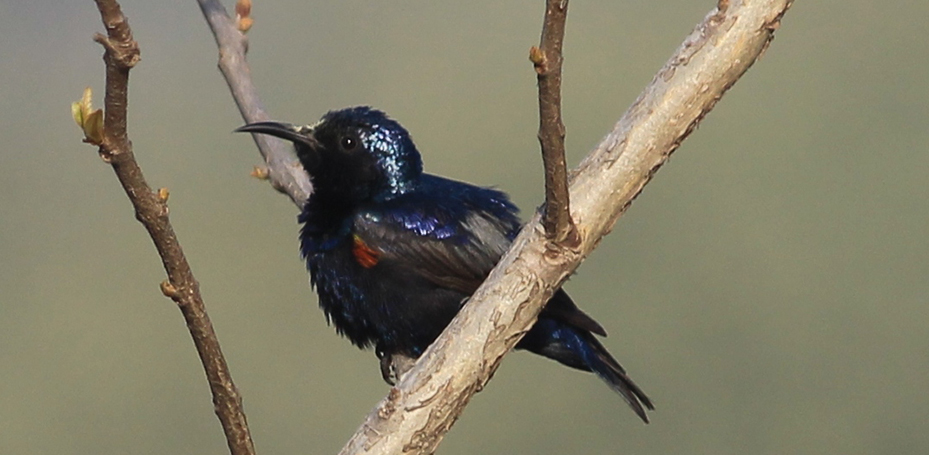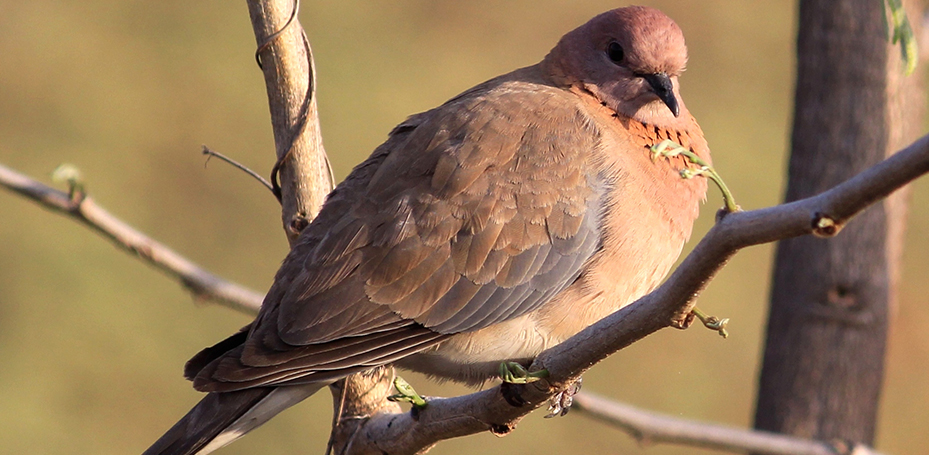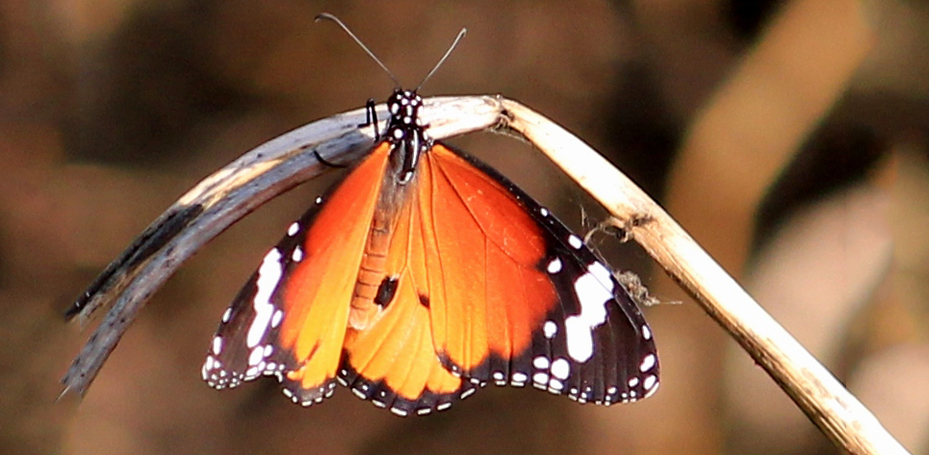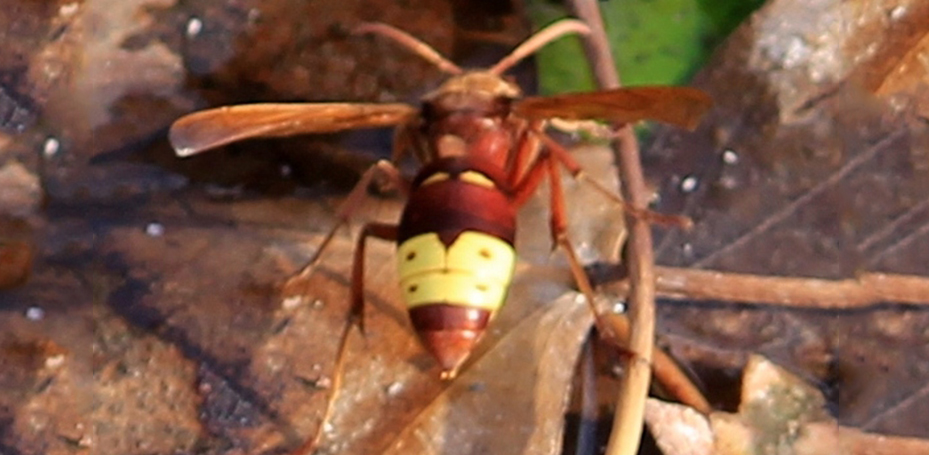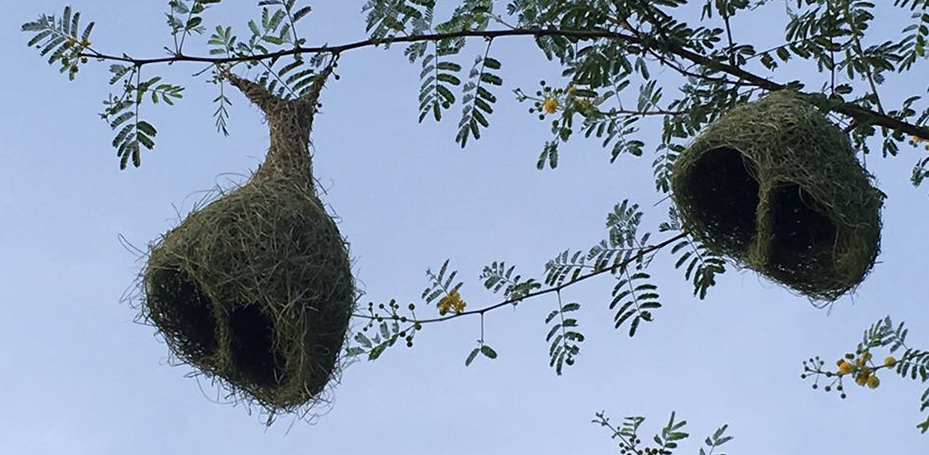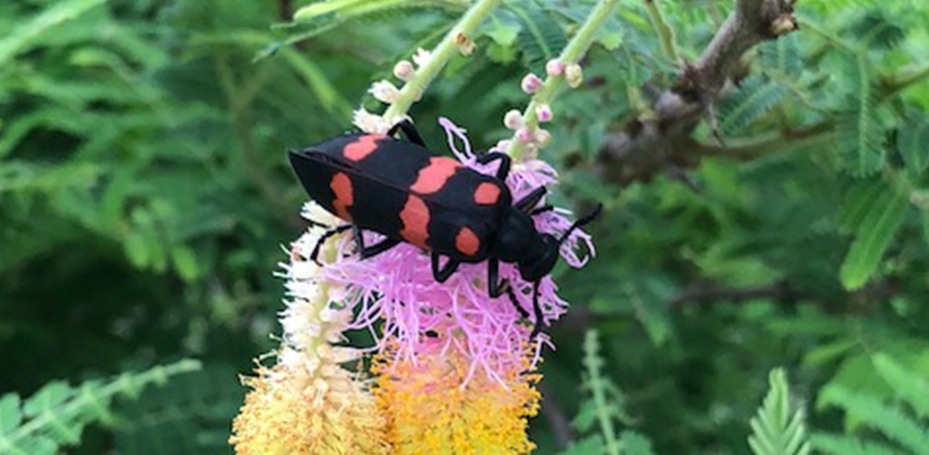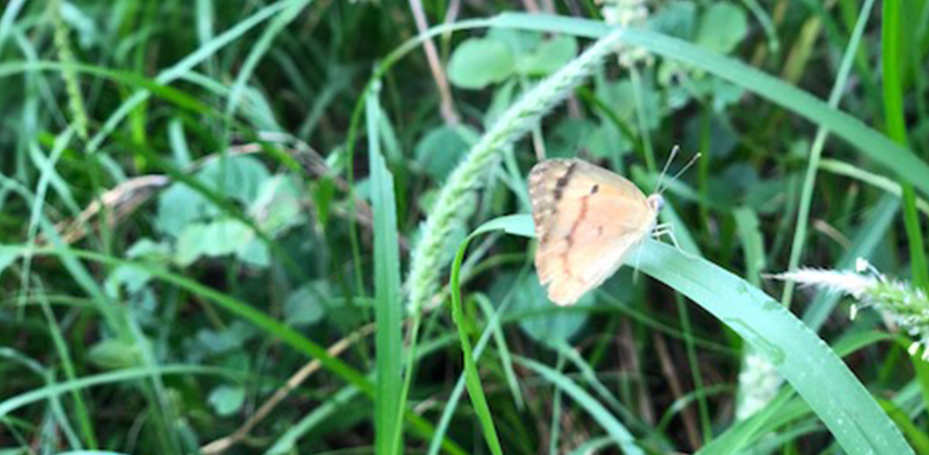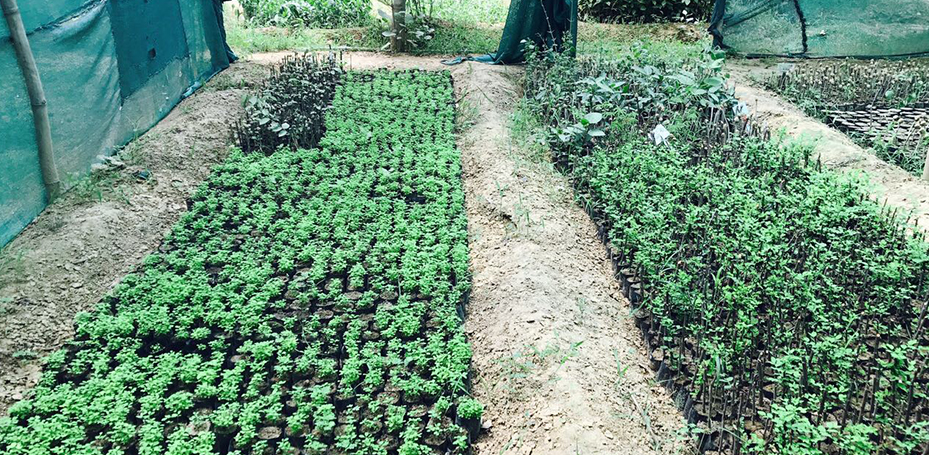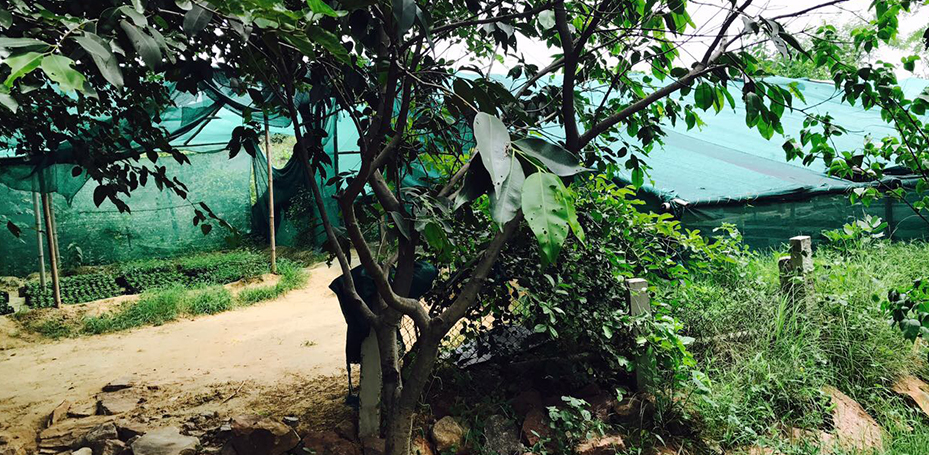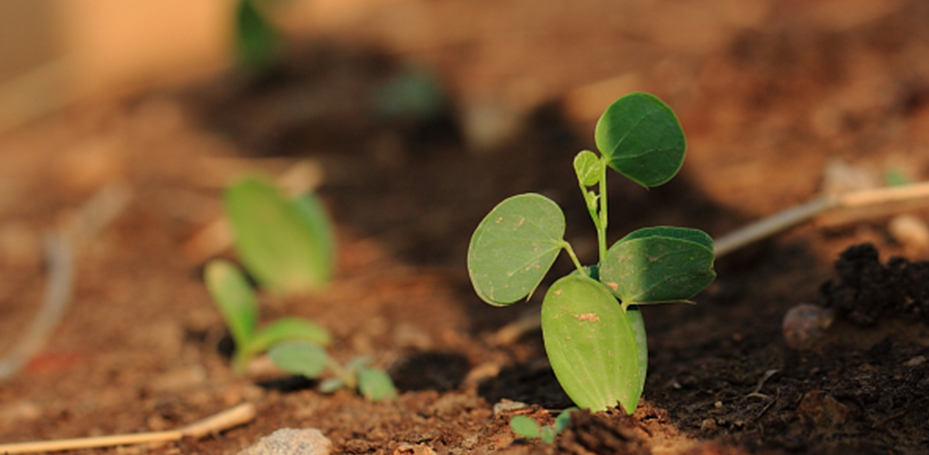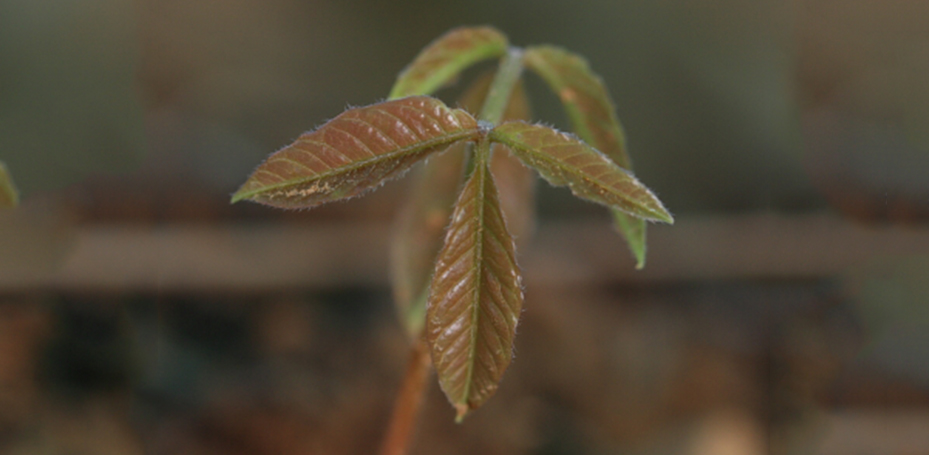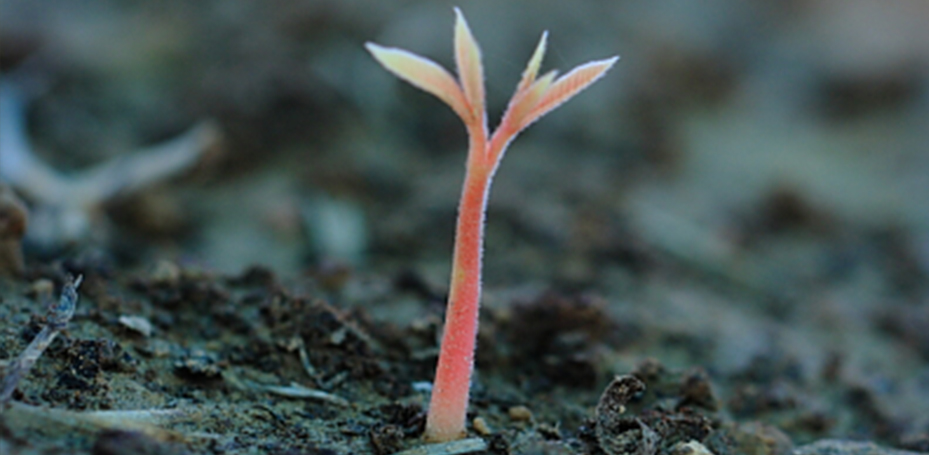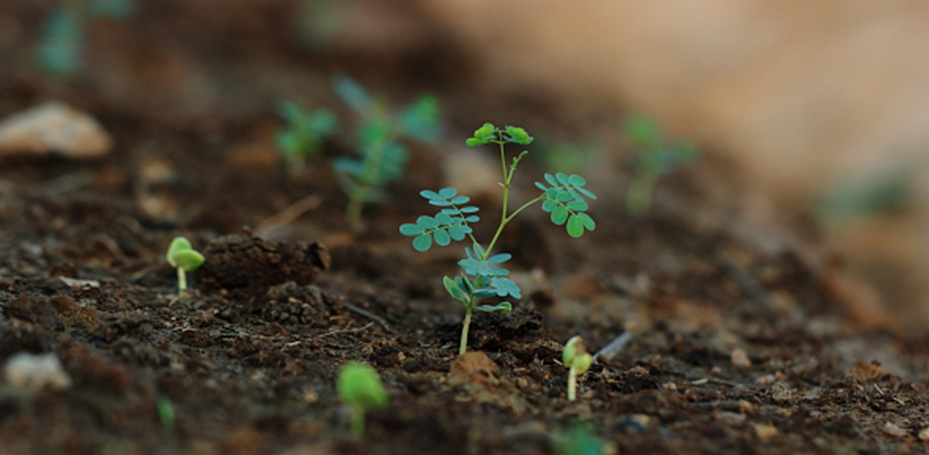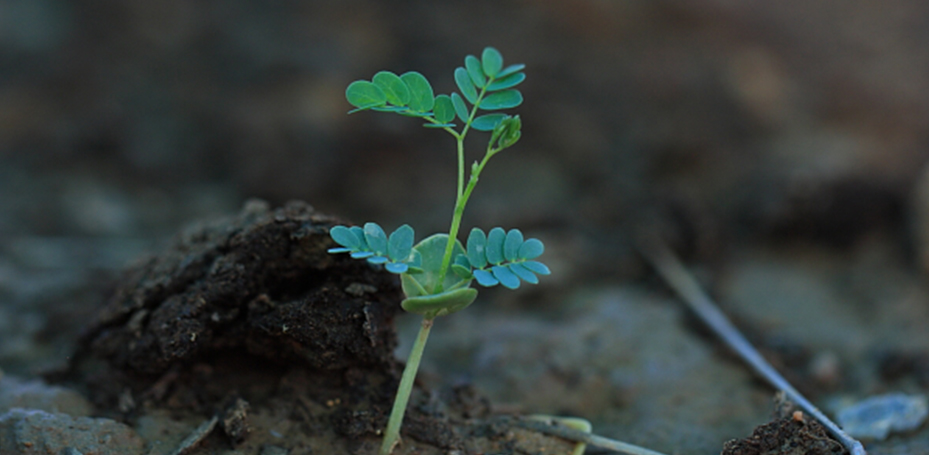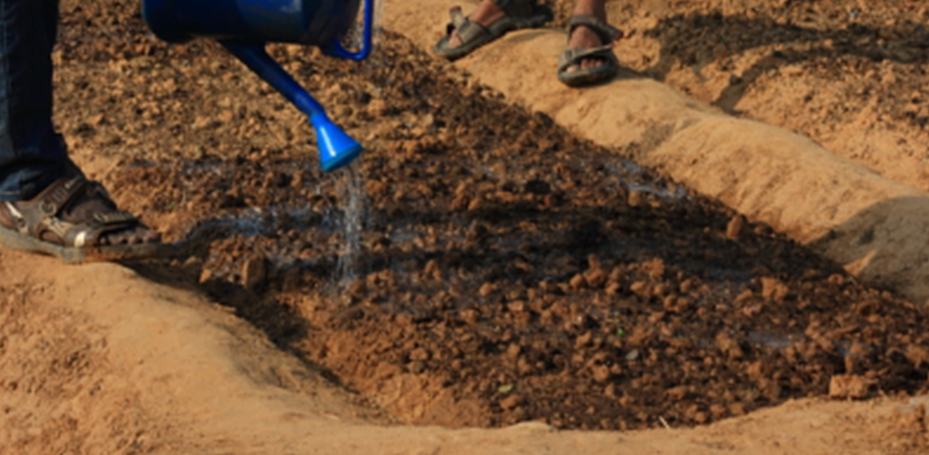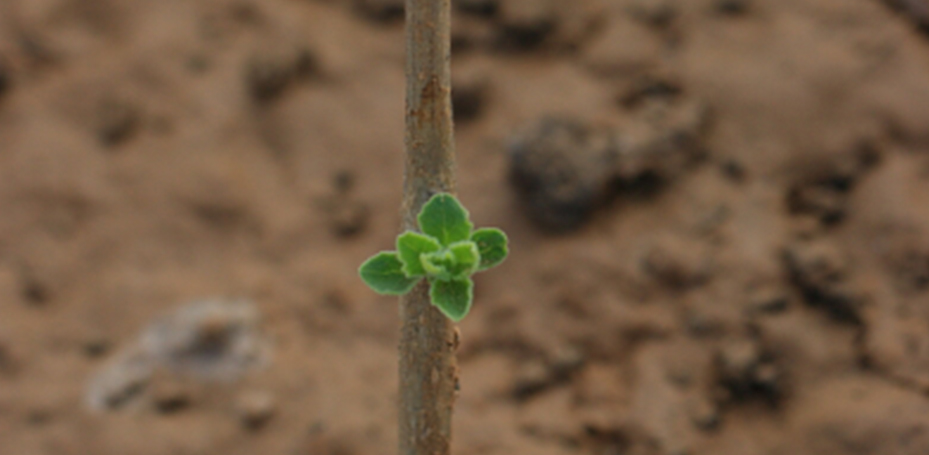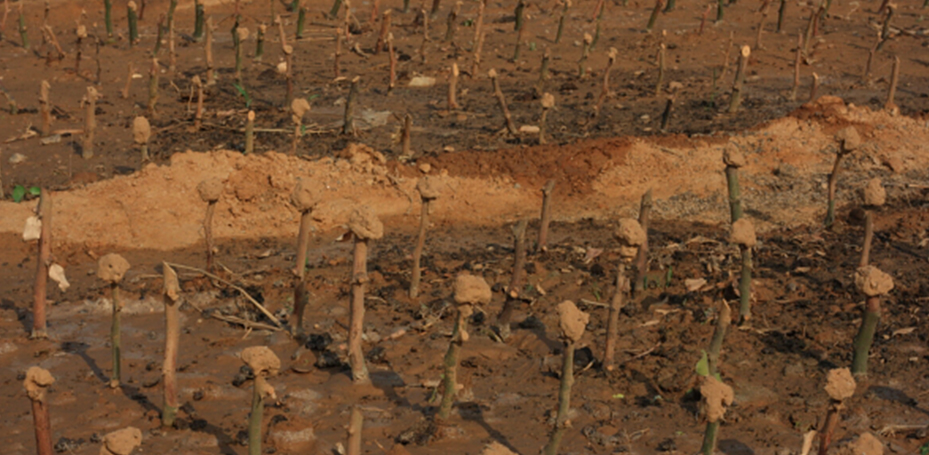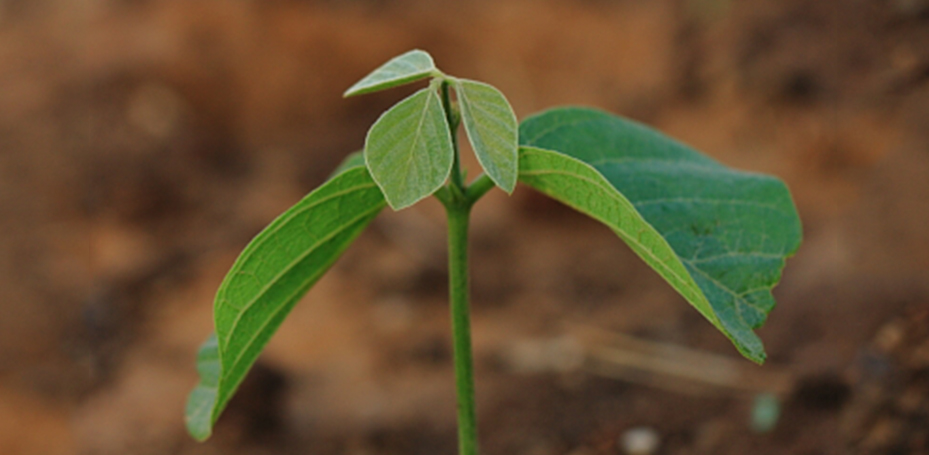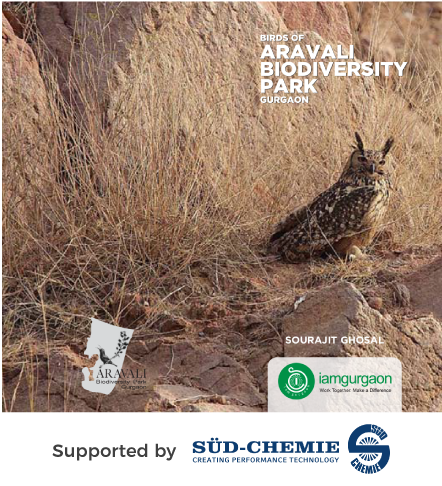The Aravali Biodiversity Park
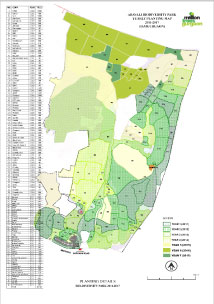
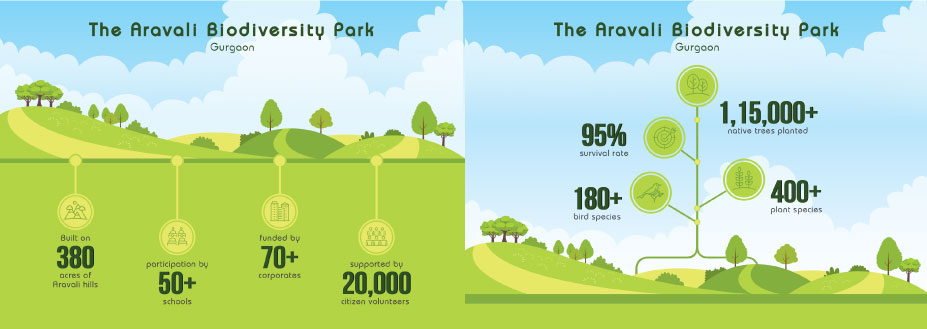
Working with the government and corporates of Gurgaon, iamgurgaon established the largest public private partnership to rehabilitate 350 acres of land owned by the Municipal Corporation of Gurgaon, which today is the Aravali Biodiversity Park.

Making of a City Forest

Planting in the ABDP is planned and managed mindfully. Only trees and shrubs native to the Aravalli range are planted as they are the best suited to the soil and climate of Gurgaon. Areas are fenced off to protect the saplings from being eaten by small animals and a dedicated water regime is followed to ensure survival and longevity of the plants. Regular mulching helps insulate the soil from extreme temperatures and loss of moisture. It also suppresses the growth of weeds.
Apart from reviving the natural forest cover of the city, conservation and preservation of natural resources are also significant roles that have been outlined and delivered by the ABDP. The park has been strictly made free of harmful chemicals by encouraging composts and manures made from rotted leaves bd farmyard manure. Only organic fertilizers and herbal pesticides are used for nutrient replenishment, and pest and disease control.
Today, the park has become a model for ecological conservation. It showcases over 300 plant species, 200 of which are rare, endangered flora of the northern Aravalli. It offers a range of micro climates, vegetation structures and habitat for birds, animals and insects. A 182 species including rare bird sightings have been recorded in ABDP by Ebird.com, a globally accepted online database created by the Cornell Lab of Ornithology, where bird sightings are reported and tracked across the globe, making it one of the richest birding habitats in Delhi-NCR.
r
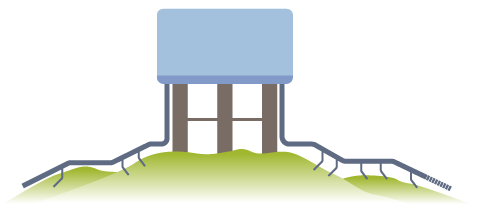
Gravity based drip irrigation system covers 3 major hills, an area of 75 acres saving 4 million litres of water annually.
The park uses a conscious water strategy with a gravity-based drip irrigation system. This reduces the burden on the water table by leveraging multiple water sources instead. We also use grey water from sewage treatment plants. In addition, two large ponds have been created to restore the wetlands.
Designed to harvest every drop of rain water, the park is a water recharge zone for Gurgaon.
Animals, such as Neelgais, Jackals, common Palm Civets, Porcupines, Hares, Snakes, Lizards and Skunks, are also thriving in the park. Most animal and bird life depend heavily on insects, and the park attracts all kinds of Butterflies, Moths, Beetles, Bugs, Aphids, Ants and Spiders.

Nursery

Rewilding the Aravali Biodivery Park meant that we plant saplings of the native plants in a right mix of species. Aravali forsests are of various kinds such as Salai (Boswellia serrata) forest, Dhok (Anogeissus pendula), Dhak (Butea monosperma) forest, Babool (Acacia nilotica) forests, Phoenix Saccharum savannas and many others. A good forest has a healthy community of trees, under-storey trees, shurbs, climbers, herbs, grasses and even epiphytes. And, our list was of about 200 species. There was no way we could have achieved it without creating our own nursery at the park.
One hopes that forests nurseries keep forest plants, but that’s not true. In our search, we did not get more than 25 odd Aravali tree species. Therefore, there was no way we could restored the mined landscape with native Aravali plants without having the right diversity.
In 2011 we undertook the initiative of creating the nursery. It may look no brainer to do a nursery, but it is a major endeavor that involves identifying native plants one wants to grow—we had a good list of 200 species of trees, shrubs, herbs, climbers and grasses. Most of these plants are not available in the Cities, you have to meet them in the jungles of Aravalis. We travelled far and wide in the Aravalis from Delhi to Udaipur to collect the ripe fruits. Often we would miss the fruits because they dropped before we reached them or were eaten by troupe of monkeys, or blown by wind.
When you have fruit available you dry them out, collect the seeds and then sow them in the nursery beds. Often, due to lack of available literature, we would end up with poor germination. It takes years of trial and error before you master the art of germinating.Nursery at the park has been a very rewarding endeavor. We have added more than 200 species of plants (trees, shurbs, climbers, herbs and grasses) to the Aravali Biodiversity park and other initiatives of IAG. Overall, we have planted 1,75,000 plants from the nursery for the various projects. And have donated many more to other public projects taken up of other organisations.While it still provides saplings for our eco-restoration projects, the nursery has also been transformed into an Arboretum (collection of rare plants). We have planted some of the rare trees found in the Aravalis at the Nursery.

Aravalli
Native
Trees
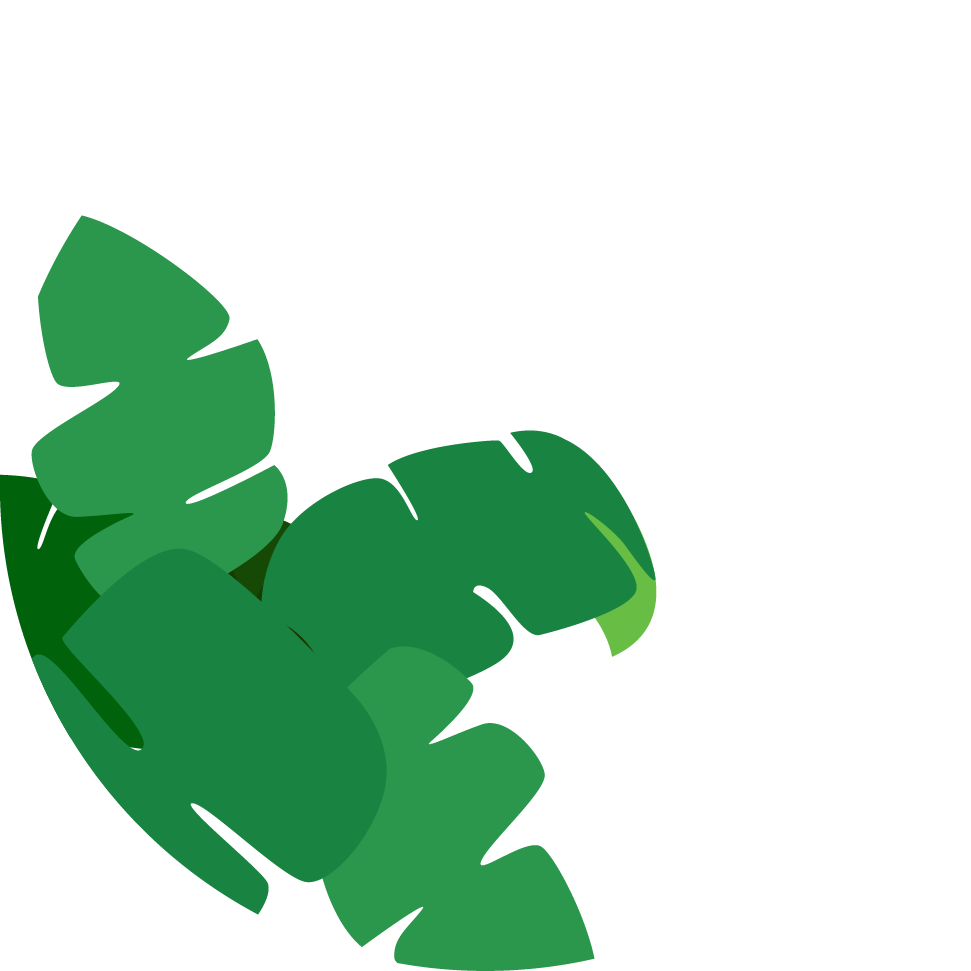

- AMALTAS, KIRWARA, ALI Cassia fistula
- HARSHINGAR Nyctanthes arbor-tristes
- KAKAI Flacourtia indica
- PAPDA Gardenia latifolia
- AMLA Phyllanthus emblica
- HINGOT, HINGUA Balanites roxburghii
- KAMINI Murraya paniculata
- PEEPAL Ficus religiosa
- BABOOL, KEEKAR Acacia nilotica
- GACCHI Ficus tinctoria
- KANJU, CHILBIL, CHUDEL PAPDI Holoptelea integrifolia
- PEEPLI Ficus arnottiana
- BADA RISALLA Cordia obliqua
- GANIAR Cochlospermum religiosum
- KANKERA, KHATAI Maytenus senegalensis
- PILKHAN, PAKHAD Ficus virens
- BADDH Ficus benghalensis
- GADASI Ficus microcarpa
- KAREEL, KAIR Capparis decidua
- PISANGAN Grewia flavescens
- BARNA Crateva adansonii
- GADHA PALASH Erythrina stricta
- KATUMBAR Ficus hispida
- PILU, JAAL Salvadora persica
- BEL Aegle marmelos
- GAMHAR Gmelina arborea
- KATUPILA Securinega leucopyrus
- PHULAI Acacia modesta
- BER Ziziphus mauritiana
- GHONT Ziziphus xylopyrus
- KHAIR Acacia catechu
- PINJ Firmiana colorata
- BILATRI, GOYA KHAIR Dichrostachys cinerea
- GOOLAR Ficus racemosa
- KHARI JAAL Salvadora oleoides
- ROHEDA, RUGTRODA Tecomella undulata
- BIRHOR, BHORMAL Hymenodictyon excelsum
- GUGAL Commiphora wightii
- KHIRNI Manilkara hexandra
- RONJH Acacia leucophloea
- BISTENDU Diospyros cordifolia
- GURJAN Lannea coromandelica
- KOSUM Schleichera oleosa
- SALAI Boswellia serrata
- CHAMROR, DESI PAPDI Ehretia laevis
- GONDI, GONDNI Cordia gharaf
- KUDA, INDRAJAO Holarrhena pubescens
- SARGUROO Moringa concanensis
- CHICHWA, CHICHOLA Albizia odoratissima
- JANGLI ANJIRI, PHAGWADA Ficus palmata
- KULLU Sterculia urens
- SEMAL Bombax ceiba
- DAHIMAN Cordia macleodii
- JANGLI KHAJOOR Phoenix sylvestris
- KUMTHA Acacia senegal
- SINDURI Mallotus philippensis
- DHAMAN Grewia tiliaefolia
- JHAU Tamarix aphylla
- KRISHNA SIRAS Albizia amara
- SON PAKHAD Ficus mollis
- DHAMNA Grewia orbiculata
- JHAND, KHEJADI Prosopis cinerarea
- LASODA Cordia dichotoma
- TAKOLI Dalbergia paniculata subsp. lanceolaria
- DHAU, DHOK Anogeissus pendula
- JHINJHERI Bauhinia racemosa
- MAHUA Madhuca longifolia var latifolia
- TESU, PALAS, DHAAK Butea monosperma
- DHOBAN Dalbergia paniculata subsp.paniculata
- KAARI Miliusa tomentosa
- MAINHAR Catunaregam spinosa
- THOR Euphorbia nivulia
- DOODHI Wrightia arborea
- KAIM, PHALDU, KADAM Mitragyna parviflora
- MARODFALI Helicteres isora
- TILMAN Wendlandia heynei
- DUDHAI Wrightia tinctoria
- KAITH Limonia acidissima
- PAADAR Stereospermum chelonoides
- TINSA, SANDAN Desmodium oojeinense

Bird Booklet


Doers & Believers


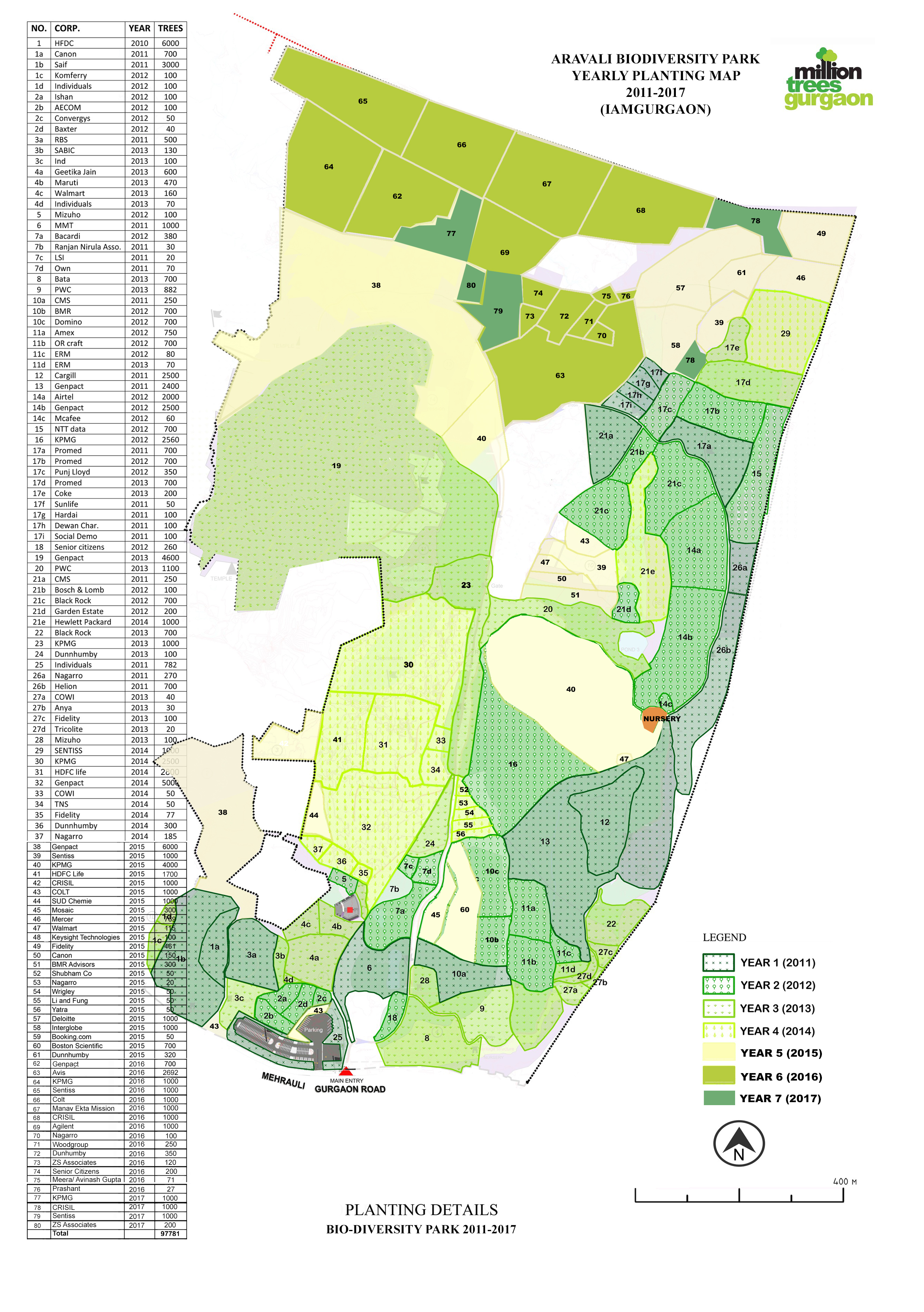 ×
×